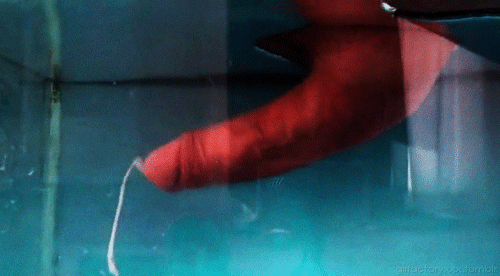If you suffer from painful ejaculation, here’s some information to help you determine the cause and what treatment options are available.
Orgasm physiology
Understanding the physiology of orgasm is crucial in comprehending painful ejaculation. In men, orgasm and ejaculation happen simultaneously. Ejaculation has two stages, emission and ejection [10]. Ejaculation and orgasm depend on a perplexing interplay between the central nervous system and the peripheral nervous system, with the inclusion of some neurotransmitters, namely dopamine, norepinephrine, serotonin, acetylcholine, and nitric oxide. Hormonal pathways also play a significant role in ejaculation. Typical hormones involved are oxytocin, prolactin, thyroid hormone, glucocorticoids, and sex hormones. Unfortunately, very few studies have evaluated hormones effect on ejaculation physiology [11-12]. Brain studies assessing ejaculation and orgasm have shown a significant role of the thalamus and hypothalamus in controlling sexual behavior [13,11].
Emission and expulsion are the two phases of ejaculation. The initial step of the ejaculation procedure is the outflow stage, also called the emission phase. This starts by closure of the bladder neck preventing backflow of secretions. The epididymis, vas deferens, original vesicles, prostate organ, prostatic urethra, and bladder neck are all involved in this stage. This is followed by the ejection of prostatic secretion and spermatozoa from the vas deferens into the prostatic urethra. During the emission phase, both the pelvic and the hypogastric plexus play a vital role after receiving physical or visual stimulation [15]. This is continued by the ejection of semen through the urethral meatus. This is called the expulsion phase and is characterized by contractions of different striated muscle including bulbospongiosus and ischiocavernosus muscles [16]. Throughout the process, the bladder neck remains closed. The relaxation of the external urinary sphincter and activation of pudendal nerve fiber along with other accessory sexual organs are processed at the level of the brain, thus inducing the sensation of orgasm [12].

What is painful ejaculation?
Painful ejaculation, also known as dysorgasmia or orgasmalgia, can range from mild discomfort to severe pain during or after ejaculation. The pain can involve the penis, scrotum, and perineal or perianal area. Painful ejaculation is when painful, burning sensations are felt during or following ejaculation. Pain can be felt in the perineum (the area between the anus and the genitals) and the urethra (a tube that runs from the bladder to the end of the penis). The condition can cause discomfort in the testes and interfere with sexual pleasure. Painful ejaculation can have a serious impact on your sex life.
A few of the most notable symptoms include:
- pain during or immediately following ejaculation
- pain in or around the penis, bladder, or rectum
- pain that begins shortly before or after ejaculation
- pain during urination, especially immediately after ejaculating
The pain may last only a few minutes, or for up to 24 hours following ejaculation. It can be mild or very intense.



